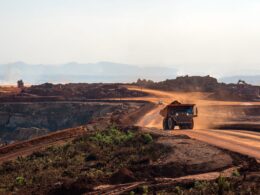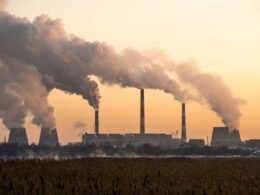China has commenced construction on what is set to become the world’s largest hydropower dam, according to state media outlet Xinhua. Located on the eastern rim of the Tibetan Plateau, the mega project is expected to cost at least $170 billion and is being described by Premier Li Qiang as a “project of the century”.
The development, China’s most ambitious since the completion of the Three Gorges Dam, will span the lower reaches of the Yarlung Zangbo River—known as the Brahmaputra upon entering India—and involve the construction of five cascade hydropower stations. Together, they will be capable of producing up to 300 billion kilowatt-hours annually, equivalent to the United Kingdom’s total electricity consumption in 2023.
The announcement was seized upon by investors as a sign of renewed economic stimulus, prompting a surge in Chinese construction and energy-related stocks. The CSI Construction & Engineering Index rose by as much as 4% to a seven-month high, while shares in firms such as Power Construction Corporation of China and Arcplus Group PLC hit their daily 10% limit. Tunnel equipment maker Hunan Wuxin and monitoring device firm Geokang Technologies each jumped 30%, with cement and explosive manufacturers also seeing sharp gains.
The project, overseen by the newly formed state-owned China Yajiang Group, is seen as a significant injection of public investment at a time when China’s traditional growth drivers are faltering. Analysts at Citi estimate the dam could contribute up to 120 billion yuan ($16.7 billion) annually to GDP during its construction phase, expected to last roughly a decade.
However, the project has sparked alarm in neighbouring India and Bangladesh, as well as among environmental groups. The Yarlung Zangbo, which plunges 2,000 metres over just 50 kilometres in the region, offers immense hydropower potential—but also flows downstream into densely populated areas. Critics fear the dam could drastically reduce water availability and alter ecosystems across borders.
Arunachal Pradesh Chief Minister Pema Khandu earlier this year warned that the dam—located just 50 km from the Indian border—could deplete up to 80% of the river’s flow within the state and exacerbate flooding in adjacent regions.
Environmental campaigners have likewise voiced concern over the ecological sensitivity of the Tibetan Plateau, one of the world’s most biodiverse regions. While Premier Li stressed the need to “place special emphasis on ecological conservation”, NGOs warn that irreversible damage to local habitats and communities is likely.
There are additional concerns about the dam’s location in a seismically active zone, which could pose risks during and after construction. Beijing has not disclosed how many people will be displaced by the project, although the Three Gorges Dam—completed in the 2000s—forced nearly a million people to relocate.
The government has yet to provide employment figures linked to the new project, but investors are banking on wide-ranging economic benefits, including increased demand for cement, civil explosives, and heavy equipment.
Operations are projected to begin sometime in the 2030s. While Beijing insists the project will have minimal downstream impact, its geopolitical and environmental reverberations are already being felt.





















